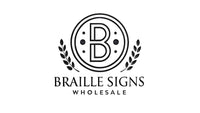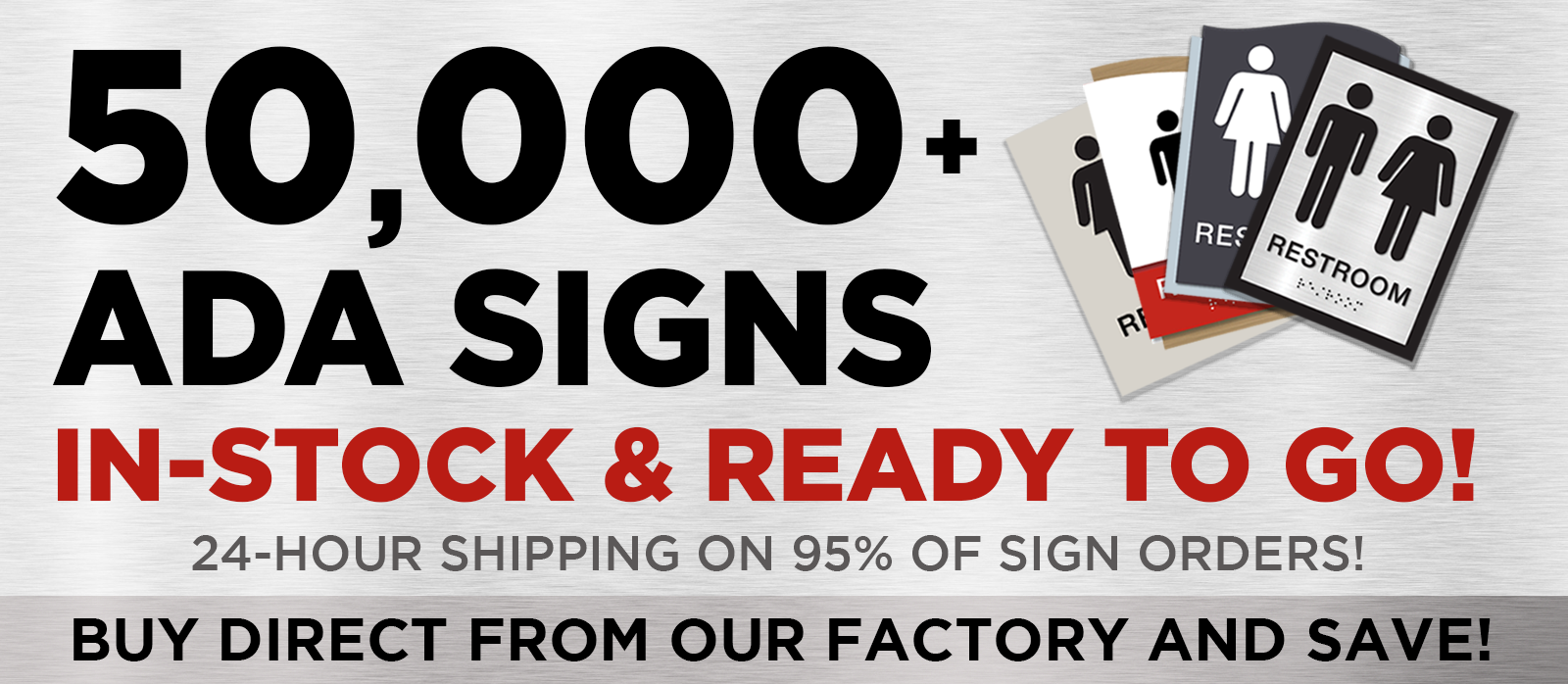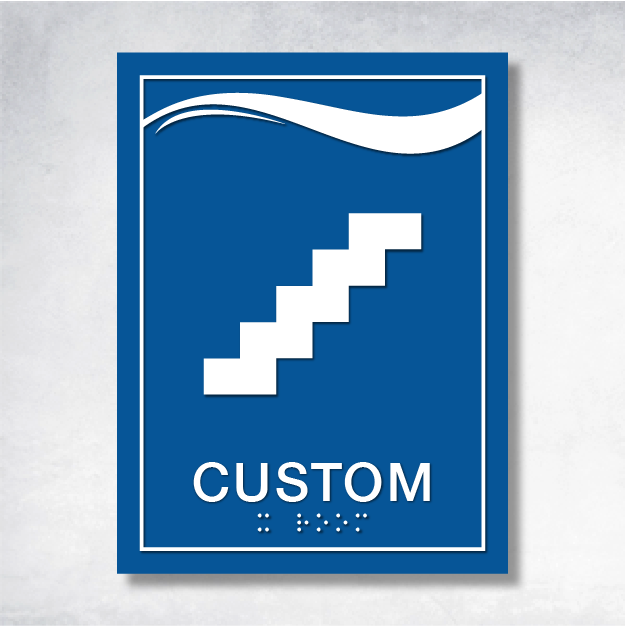Guide on customization options, design process, and compliance for custom ADA signage, helping brand managers and architects navigate the custom-sign process.
Crafting Custom ADA Signage: A Creative Journey for Brand Managers and Architects
Embarking on the journey of creating custom ADA signs is like painting a masterpiece—each stroke must be deliberate, balancing creativity with compliance. For brand managers and architects, the challenge is to weave brand identity into ADA compliant signage, ensuring accessibility without sacrificing style. This guide is your palette, offering a vibrant SAQ (Should Ask Questions) and checklist to navigate the world of custom ADA signs.
The Art of ADA Signs
ADA signs are more than just markers; they are gateways to accessibility, crafted to meet the Americans with Disabilities Act standards. These signs are meticulously designed, considering character properties, finish and contrast, pictograms, and mounting heights, to ensure everyone can navigate spaces with ease.
Painting with Customization: ADA Compliant Signage Options
- Infusing Brand Identity: Custom ADA signs are a canvas for your brand. Choose colors, fonts, and materials that echo your brand's voice while staying true to ADA guidelines. Braille Sign Wholesale offers a spectrum of ADA compliant office signage that can be tailored to your brand's unique aesthetic.
- Innovative Material Choices: Think beyond traditional materials. Acrylic, metal, and wood can be your tools to craft signs that are as durable as they are beautiful, all while adhering to compliance standards.
Designing Your Vision: The Custom Braille ADA Sign Process
- Assessing the Canvas: Begin with a thorough assessment of your facility. Identify areas where Braille signs are essential, ensuring they are strategically placed for maximum accessibility.
- Selecting the Right Medium: Each area of your facility tells a different story. Corridor signs, room IDs, and stair IDs each have their own narrative. Consider the Epsilon Corridor Sign B as an example of how corridor signage can be both compliant and captivating.
- Guidelines as Your Guide: Stay informed with the latest ADA guidelines, including the 2025 updates on enhanced contrast and tactile signs. Ensure your designs meet all requirements for character size, spacing, and Braille translation.
A New Era of Compliance: 2025 Updates
The 2025 compliance updates usher in a new era of enhanced contrast and tactile signs. Your custom ADA signs should now offer a striking contrast between text and background, with tactile elements that are both readable and touchable.
Harmonizing Customization and Compliance
- Brand Elements in Harmony: Customization should never overshadow compliance. Collaborate with ADA specialists to create designs that are both compliant and reflective of your brand's essence.
- Expert Guidance: Engage with ADA specialists who can offer insights and help you sidestep common pitfalls, ensuring your designs are legally sound and artistically vibrant.
Your Creative Checklist for Custom ADA Signage
- Conduct a facility assessment to pinpoint signage needs.
- Select materials that resonate with your brand and meet ADA standards.
- Choose appropriate signage types for each unique location.
- Ensure all designs align with the latest ADA guidelines, including enhanced contrast and tactile features.
- Collaborate with ADA specialists to confirm compliance.
- Review and approve final designs before production.
By following this guide and checklist, brand managers and architects can craft custom ADA signs that are both compliant and visually stunning. For further inspiration on ADA compliant signage and customization options, explore Capital Sign Solutions.









